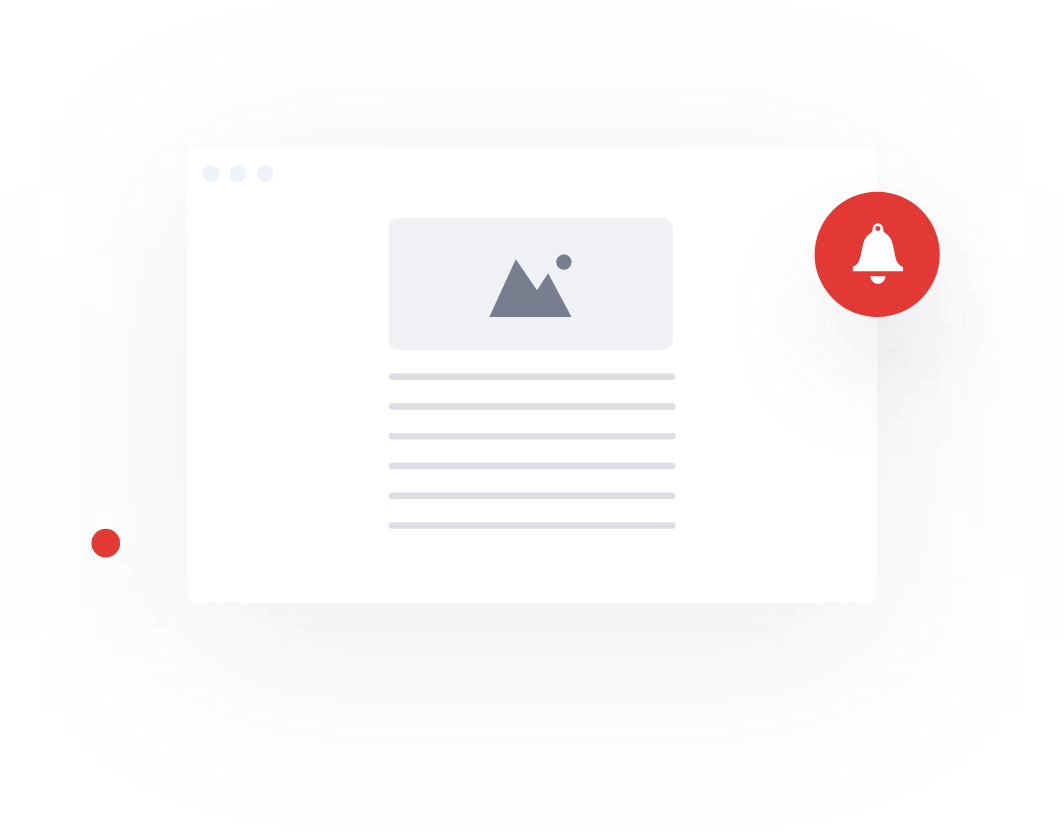September 1 2023
The importance of item categorisation in your ERP
Think of the product table in your ERP as a digital representation of your warehouse. If your items are not well organised, it’s harder to find what you’re looking forward. But whether you sell wholesale or retail, effective item categorisation in an Enterprise Resource Planning (ERP) system is crucial for a number of reasons, especially if you sell a wide variety of products.
Most ERP’s give you the flexibility to add custom fields to your item table. These are usually called “attributes”, and the can be relabelled depending on how you want to segment your products, eg Category, Product Type and Brand.
Let’s explore some of the reasons why item categorisation is important:
- Inventory management: Categorising items helps in maintaining a clear and organised inventory. It enables businesses to easily identify, track, and manage their stock levels, reducing the risk of overstocking or stockouts.
- Efficient search and retrieval: Proper categorisation simplifies the process of searching for and retrieving items. Users can quickly locate items based on categories rather than scrolling through an extensive list, leading to time savings and improved productivity.
- Accurate reporting and analysis: Categorised items allow for accurate and meaningful reporting and analysis. You can generate reports based on different categories to understand sales trends, inventory turnover, and other key performance indicators.
- Procurement and replenishment: Item categorisation aids in efficient procurement and replenishment processes. Businesses can set up automatic reorder points and quantities based on historical data and consumption patterns within specific categories.
- Supplier and customer management: Categorisation helps manage relationships with suppliers and customers. It allows you to differentiate items based on various attributes, making it easier to negotiate pricing, manage contracts, and fulfill customer orders accurately.
- Financial management: Categorised items can have different cost centres, cost categories, or general ledger accounts associated with them. This makes financial tracking and allocation more accurate and streamlined.
- Forecasting and demand planning: By categorising items, businesses can improve demand forecasting. They can analyse historical data for specific item categories to predict future demand and adjust inventory levels accordingly.
- User adoption and training: An organised and intuitive categorisation system makes it easier for new users to adapt to the ERP system. It reduces the learning curve and ensures that employees can effectively navigate the system to perform their tasks.
- Streamlined workflows: Proper item categorisation enhances overall workflow efficiency. It helps in creating standardised processes for tasks like purchasing, order fulfillment, and inventory management.
- Scalability and growth: As your business grows and introduces new online sales channels, standardised categorisation will make it easier to manage your inventory across disparate systems. With Stock2Shop, you can put your ERP in control of your ecommerce categorisation, which means consistency and accuracy is assured.
- Cross-selling and upselling: Categorisation can facilitate cross-selling and upselling opportunities by identifying related or complementary items. This can lead to increased sales and customer satisfaction.
Effective item categorisation in an ERP system plays a pivotal role in streamlining operations, optimising inventory management, improving reporting accuracy, and fostering overall business growth and efficiency. For more deep dive into how well-thought-out categorisation improves the user journey of your ecommerce customers, take a look at this article on layered navigation.
